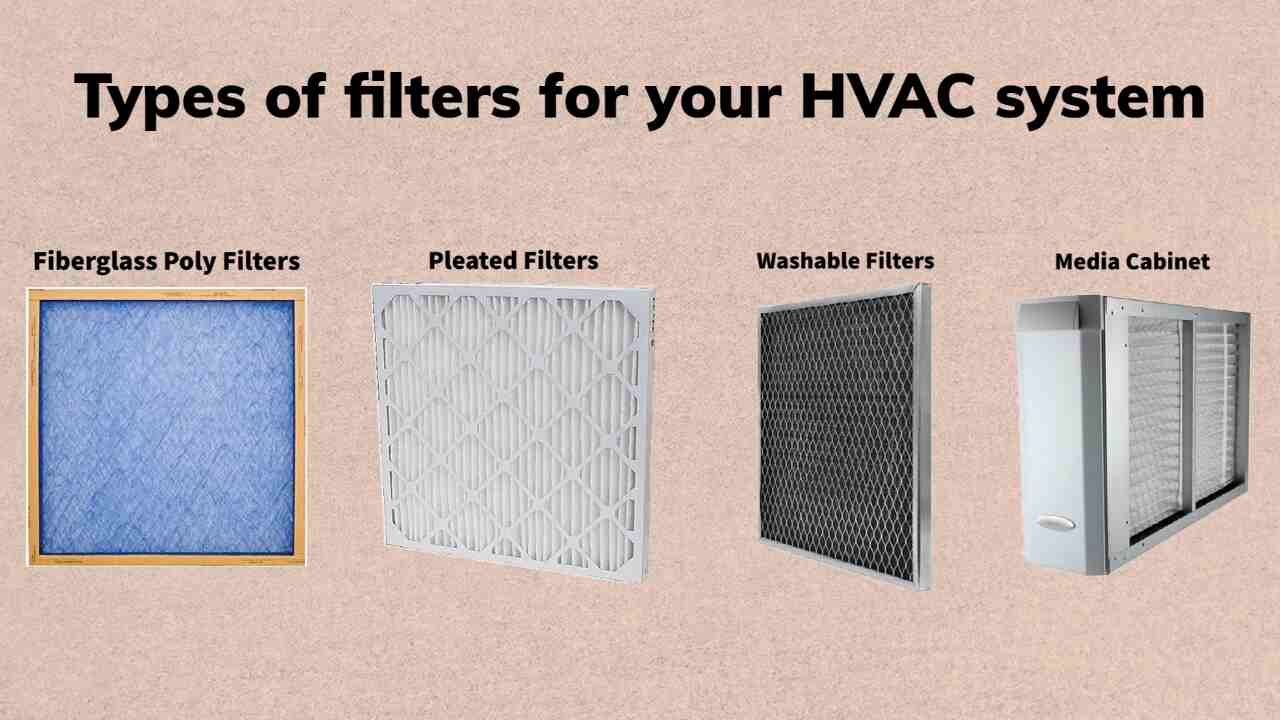HVAC systems are integral to maintaining indoor air quality and comfort in residential, commercial, and industrial spaces. A key component of any HVAC system is the air filter, which plays a vital role in trapping airborne particles, ensuring clean air circulation, and protecting the system’s internal components. However, not all HVAC filters are created equal. Understanding the different categories of HVAC filters and their benefits is crucial for selecting the right one to meet specific needs – service ac jakarta.
Fiberglass Filters
Fiberglass filters are among the most common and cost-effective types of HVAC filters. They are composed of layers of spun fiberglass that trap large particles like dust, lint, and debris. These filters are disposable and need to be replaced regularly, typically every 30 days. One of the main benefits of fiberglass filters is their affordability, making them an attractive option for those who prioritize cost-efficiency over high-level filtration.
While fiberglass filters effectively protect HVAC equipment from large particles, they do not excel at trapping smaller contaminants such as pollen, mold spores, or pet dander. Therefore, they are best suited for residential environments where basic filtration suffices, and air quality concerns are minimal.
Pleated Filters
Pleated filters are made from polyester or cotton, folded into pleats to increase their surface area. This design allows them to capture a broader range of particles compared to fiberglass filters. Available in various Minimum Efficiency Reporting Value (MERV) ratings, pleated filters offer enhanced filtration, capturing particles as small as 1 micron, including dust mites, mold spores, and pet dander.
The benefits of pleated filters extend beyond improved air quality. They also have a longer lifespan than fiberglass filters, often lasting up to 90 days, depending on usage and environmental factors. Their versatility makes them suitable for both residential and commercial applications where better air quality is desired without a significant increase in cost.
HEPA Filters
High-Efficiency Particulate Air (HEPA) filters are known for their superior filtration capabilities, capturing 99.97% of particles as small as 0.3 microns. These filters are particularly effective against allergens, bacteria, and viruses, making them a popular choice in environments where air quality is critical, such as hospitals, laboratories, and homes with occupants who suffer from severe allergies or respiratory issues.
The main benefit of HEPA filters is their ability to provide the highest level of air purification among all filter types. However, this level of filtration comes with drawbacks, including higher costs and increased strain on HVAC systems due to restricted airflow. Despite these challenges, HEPA filters are unmatched in their ability to maintain pristine air quality.
Electrostatic Filters
They are available in both disposable and washable forms, with the latter offering long-term cost savings. Electrostatic filters are highly efficient, with customizable MERV ratings that allow users to select the level of filtration that best suits their needs.
These filters are particularly beneficial in homes with pets or smokers, as they effectively capture pet dander, smoke particles, and other allergens. Washable electrostatic filters, while more expensive initially, can last for years, making them a cost-effective solution in the long run.
UV Light Filters
UV light filters combine traditional filtration with ultraviolet light to kill microorganisms such as bacteria, viruses, and mold spores. These filters are often used in healthcare settings, where controlling biological contaminants is paramount. In addition to reducing the spread of airborne diseases, UV light filters help prevent mold growth in the HVAC system, which can be particularly beneficial in humid climates.
The primary benefit of UV light filters is their ability to eliminate biological contaminants that traditional filters might miss. While they are generally more expensive, the health benefits they offer, particularly in sensitive environments, make them a worthwhile investment.
Activated Carbon Filters
Activated carbon filters are designed to remove odors, gases, and volatile organic compounds (VOCs) from the air. These filters contain activated carbon, which chemically binds with and neutralizes harmful fumes, making them ideal for environments where air quality is compromised by chemical pollutants.
The key benefit of activated carbon filters is their ability to eliminate smells and harmful gases that other filters cannot capture. They are often used in industrial settings, homes with persistent odor issues, and areas with high VOC levels. However, they must be replaced regularly to maintain their effectiveness.
Conclusion
acjakarta – Choosing the right HVAC filter is essential for maintaining air quality, energy efficiency, and overall system performance. From the cost-effective fiberglass filters to the high-efficiency HEPA filters, each category offers specific benefits suited to different environments and needs. Understanding these categories helps in selecting the most appropriate filter for your HVAC system, ultimately leading to a healthier and more comfortable indoor environment.




